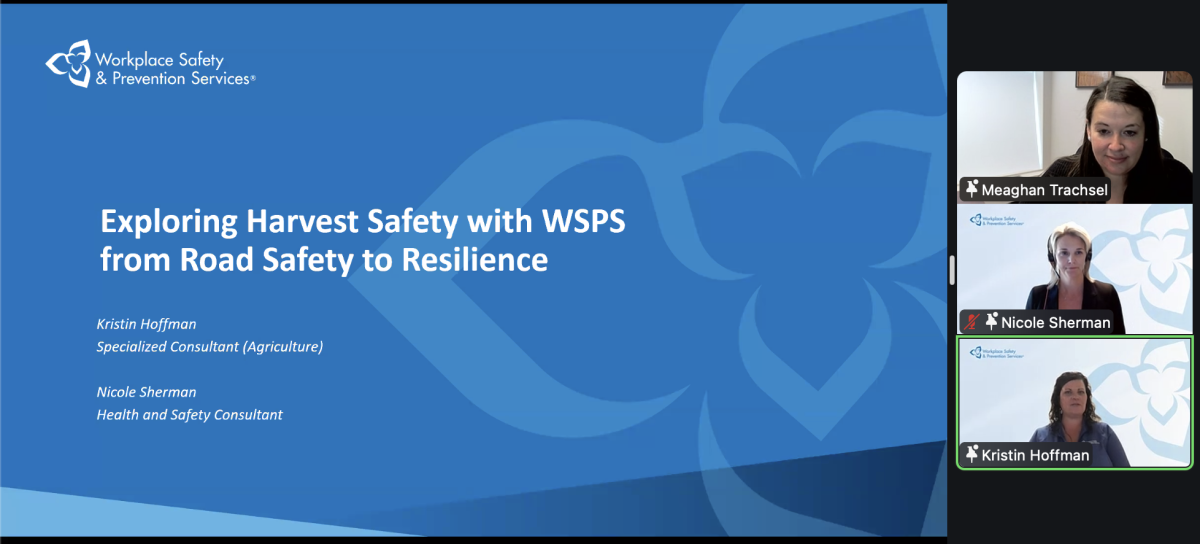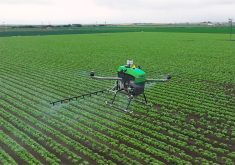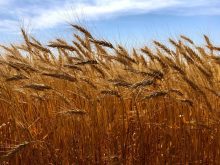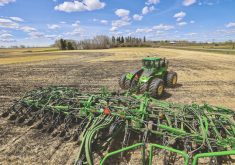Glacier FarmMedia — Up to 17 per cent of cropland around the globe is contaminated by toxic metals, threatening agriculture and human health in the affected areas, according to new research published in the journal Science.
Based on data from over 1,000 regional studies combined with machine learning, researchers estimated that as many as 1.4 billion people live in areas with soil dangerously polluted by heavy metals like arsenic, cadmium, cobalt, chromium, copper, nickel and lead. The study revealed a global risk, but also a previously unrecognized high-risk, metal-enriched zone in low-latitude Eurasia in particular.
Read Also

Exploring Harvest Safety
Kristin Hoffman of WSPS explains measures for increased farm safety around harvest season
The growth in demand for critical metals means toxic heavy metal pollution in soils is only likely to worsen.
“We hope that the global soil pollution data presented in this report will serve as a scientific alert for policymakers and farmers to take immediate and necessary measures to better protect the world’s precious soil resources,” said the study authors led by Deyi Hou of Tsinghua University in Beijing.
Toxic heavy metal pollution in soil, originating from both natural sources and human activities, poses significant risks to ecosystems and human health. Once introduced into soils, such metals can persist over decades. These pollutants reduce crop yields, affect biodiversity and jeopardize water quality as well as food safety through bioaccumulation in farm animals.
The researchers estimate that 14 to 17 per cent of cropland globally — roughly 242 million hectares — is contaminated by at least one toxic metal, with cadmium being the most widespread, especially in South and East Asia, parts of the Middle East and Africa.

















